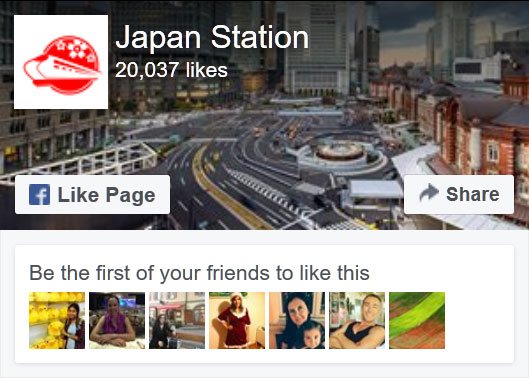The National Museum of Art, Osaka (also known as NMAO) is an underground museum housing a major art collection on the island of Nakanoshima in central Osaka. The museum houses mainly contemporary art created after 1945, and in addition to its permanent exhibits it holds regular special exhibitions which explore new trends in domestic and international art. Most of the museum is located underground with just the entrance lobby at ground level, but it is easy to find due to its dramatic and very distinctive rabbit ear architecture.

The National Museum of Art, Osaka
The History of NMAO
The National Museum of Art, Osaka was first opened in 1977 with the aim of collecting, and displaying Japanese and international contemporary art and conducting art related research. It had developed out of the Expo Museum of Fine Arts which had been built for Expo ’70. Three decades later the aging facilities were badly in need of an upgrade and it was decided to relocate the museum to its current location in Nakanoshima. This area was chosen partly because of its easy access to public transport, and partly because of its concentration of cultural venues with many other museums and historical buildings nearby. The new art museum building opened in 2004 and has become a popular symbol of Nakanoshima as a creative hub in the heart of Osaka.

A side view of the “rabbit ears”
Though the current museum is almost entirely underground it announces its presence with an enormous above-ground sculpture of glass and stainless steel. Designed by the architect César Pelli, this framework of steel tubes rises in two distinct peaks 52 and 34 meters high. According to the architect, this sculpture is meant to resemble “reeds along a riverbank or arching stalks of a bamboo grove” but many visitors agree that it looks very much like a giant pair of rabbit ears. However, in a country that celebrates “kawaii” or “cute” culture this only adds to the museum’s appeal.

“Knife edge” – a bronze sculpture by Henry Moore
The Museum Today
The museum now houses 6,109 works which include graphic design works, prints, watercolors, sketches, photographs, oil paintings, “Nihonga” style Japanese paintings, sculptures, craftworks, and a limited number of industrial design works such as furniture and lighting fixtures. Though post-war art predominates, there are some notable pre-war exceptions such as works by Paul Cézanne, Pablo Picasso, Max Ernst, Tsuguharu Fujita and Yasuo Kuniyoshi.
Post-war works include pieces by Andy Warhol, Tadanori Yokoo, and Yayoi Kusama. Naturally, due to space restrictions not all of these works are on display at one time. Also when two special exhibitions are held concurrently the permanent collection may not be available to view. It is a good idea to check the exhibition schedule to avoid disappointment.
Facilities
There is an information desk, a restaurant, a museum shop and a locker room located on the first basement level. The second and third basement levels house the exhibition galleries.

The museum restaurant
Access
The National Museum of Art, Osaka is located on the island of Nakanoshima which lies between two rivers in central Osaka. It is located right beside the Osaka Science Museum and a 6 minute walk from Watanabebashi Station on the Keihan Nakanoshima Line. Higobashi Station on the Yotsubashi Subway Line is a 10 minute walk away.
Open: 10.00 – 17.00 (last entry at 16.30)
Open Fridays: 10.00 – 19.00 (last entry at 18.30)
Closed: Mondays (or Tuesdays when Monday falls on a national holiday)
Also closed when changing exhibitions and for the New Year holidays: December 28th – January 4th
Permanent collection admission fees:
Adults: 430 yen
University students: 130 yen
Entry is FREE for visitors under 18 years old, for those 65 years old and over, and for the mentally or physically disabled.
Admission fees vary for the special exhibitions.
Article and original photos by Michael Lambe. All rights reserved.
